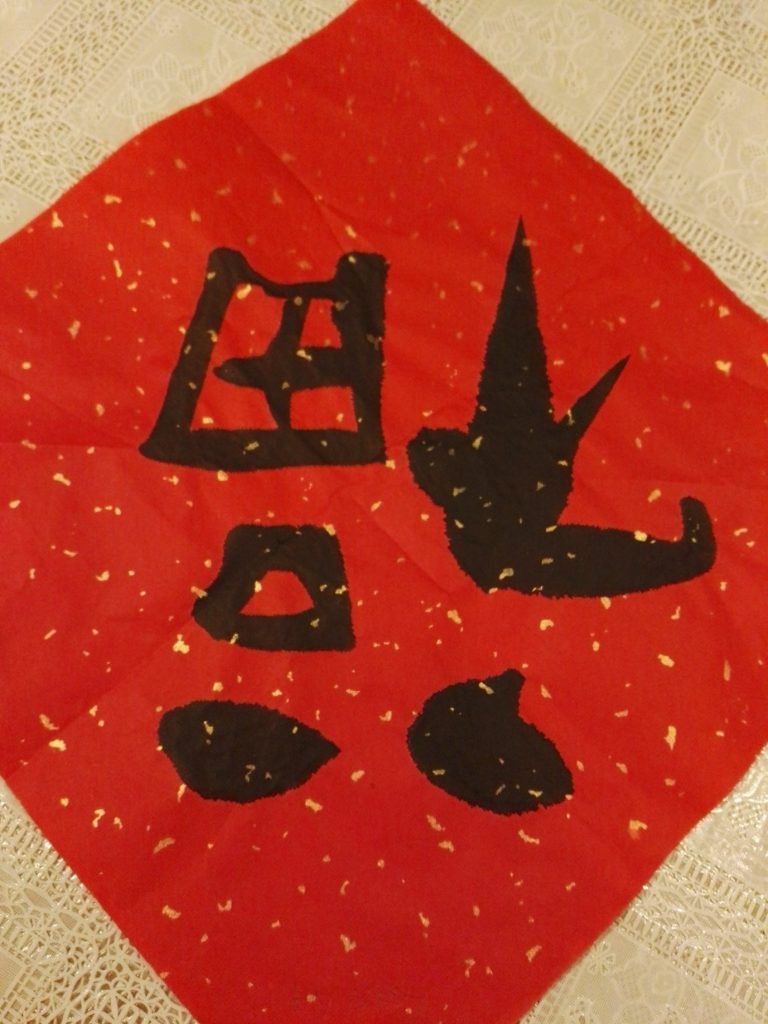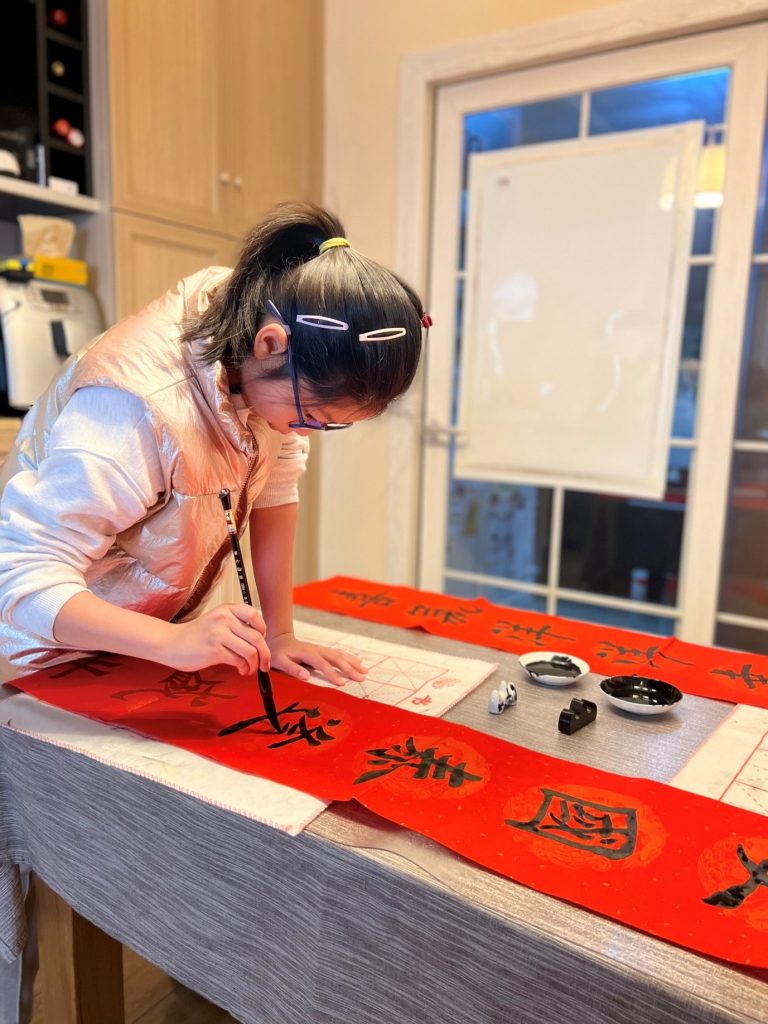a blog piece by Quincy Bastow (they/them), Technician – Teaching and Research at UoR, in collaboration with Jessica Harding (she/her), Deputy CEO at TVPS.
Background on TVPS: Since 1985, Thames Valley Positive Support (TVPS) has worked hard to make a significant difference to people living with HIV across Berkshire. Originally an amalgamation of several different HIV support groups in the area, TVPS now stands proudly as the only HIV charity in Berkshire and in January 2020, expanded to include HIV support in North Hampshire. Our work spans prevention, testing, and post-diagnosis support. Their goal is to make people are aware of their HIV status, have the right level of support if they are positive, and are sufficiently informed to protect themselves if they are negative.
7th-13th of February marks National HIV Test Week. This week aims to encourage as many people as possible to test for HIV and know their status. It also highlights the many different methods of testing for HIV. A quick, easy and discreet method is the free postal test scheme that runs throughout the testing week. You can order one from freetesting.hiv
Last year marked 40 years since the first official reporting of five cases, of what would later go on to be named Acquired Immune Deficiency Syndrome (AIDS). We have come a long way in the past four decades, so let’s explore some of these advances…
PrEP
Pre-exposure prophylaxis (PrEP) is a drug taken by HIV-negative people before and after sex that reduces the risk of getting HIV. Taking PrEP before being exposed to HIV means there’s enough medication inside you to block HIV if it gets into your body. PrEP is available free on the NHS in England. If you would like to learn more about PrEP or how to access it, contact your local sexual health clinic
PEP
Post-exposure prophylaxis is a combination of HIV drugs that can stop the virus from taking hold. It can be used after the event if you’ve been at risk of HIV transmission. It must be taken within 72 hours, but ideally, it should be taken within 24 hours. It is not guaranteed to work, and it is meant as an emergency measure to be used as a last resort, such as if a condom fails during sex.
U=U
Undetectable equals untransmittable – this means that if the levels of HIV antibodies are so low in a person’s blood they cannot be detected. We call this an undetectable viral load. If you have an undetectable viral load, you cannot pass HIV on. People achieve an undetectable viral load by consistently taking their HIV medication and this is where the phrase ‘medication = prevention’ derives from in terms of HIV.
“While we have come so far in terms of testing options and advances in medication and prevention strategies, sadly attitudes towards HIV have not kept pace. Unfortunately, there is still a lot of stigmas that surround HIV due to misconceptions and lack of knowledge. The best way to help diminish stigma is to get HIV educated and pass that education on to those around you. A really easy way you can start to get HIV educated is to head over to iTunes or Spotify and listen to our HIV podcast – HIV, Hope & Charity. We share the stories of positive people, activists, and HIV history, and all in around 25 minutes!” – TVPS (Thames Valley Positive Support)
At the University of Reading this week, Friday 11th, 13:00-14:00, we will have Dr. Will Nutland, co-founder of prepster, will be talking about why testing for HIV is important, who should be thinking about testing, and how frequently. He will also talk to us about how testing has changed over time in addition, to how there are options – including PrEP for those who are negative and new options for those folks that test positive for HIV.
To register interest click here.





 “Making dumplings during the new year eve is a family activity we all love” – Yang Zhong
“Making dumplings during the new year eve is a family activity we all love” – Yang Zhong









